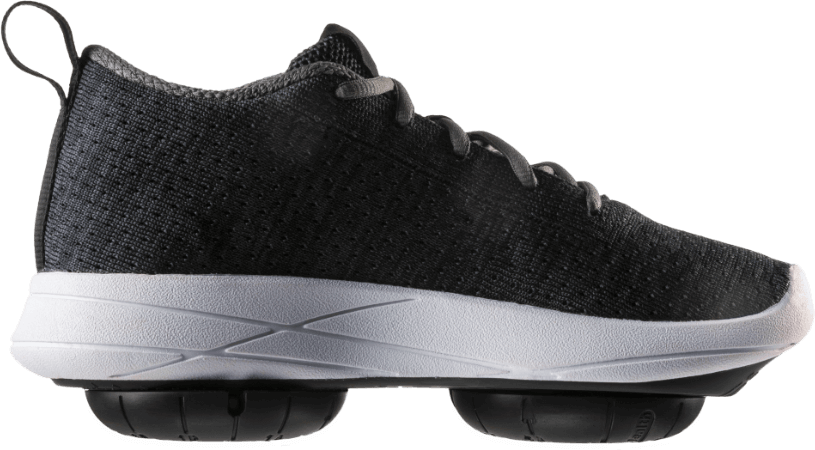You might know aquatic therapy by one of its other names, such as water therapy, pool therapy, or hydrotherapy.
For people who suffer from joint pain, controlled physical exercise, such as aquatic therapy, can be beneficial. Physical activity can boost muscle strength and function, improve lifestyle, and help in the management of medical conditions, too.
Whatever the name, it’s not the same as swimming for fun or for exercise. Aquatic therapy takes place in pools with water that’s slightly warmer than the average swimming pool, usually with temperatures of around 33-36ºC.
In aquatic therapy, you won’t be swimming lengths. You’ll be given a plan of different exercises intended to use the resistance and buoyancy of the water for strengthening muscles and easing joint pain. Aquatic therapy should always be carried out under the supervision of a trained professional who can assure that it’s being done correctly.
What is aquatic therapy good for?
You may be surprised to discover that aquatic therapy is used to address a number of different medical conditions. Here are some of the conditions and disorders that are most commonly associated with aquatic therapy:
- Hip osteoarthritis
- Knee osteoarthritis
- Spinal arthritis
- Acne
- The common cold
- Gastrointestinal pain
- Depression
- Anxiety
- Stress disorders
- Sleep disorders
What makes aquatic therapy different from other exercises?
Similar to land-based exercises, aquatic therapy can improve stamina, strength-bearing ability, muscle strength, lower heart rate and improve circulation. Aquatic therapy also offers some other unique plusses such as:
Warmer Temperatures May Encourage Healing
Aquatic therapy takes place in warm water, which is comforting and may relieve joint and muscle pain. The warmth eases stiff joints and makes them move more smoothly, while also improving blood circulation to help speed healing.
Water Resistance Strengthens Muscles
As you know, moving through water is more difficult than moving through air. Water provides resistance to your movements and forces the muscles to work harder, which may help them get stronger, too.
Water Relieves Joint Pressure
Water is naturally buoyant, which is why you float in the pool. This buoyancy means that you don’t put so much pressure on your knee when you exercise in the water, so you are less likely to make your knee worse, and may reduce pain and discomfort during exercise.
Water Reduces the Risk of Falling
Many people with joint pain are scared to exercise because they find it hard to keep their balance and worry that they might fall during their workout. But exercising in water removes that anxiety because the water itself helps to hold you up, creating a safe environment with a much lower risk of falls.
Fun to Do
For people who do it regularly, aquatic therapy isn’t just healthy, it can also be fun! Being able to move smoothly, without pain, stiffness, or fear of falling is enjoyable, as is the feeling of exercise-induced invigoration.
Aquatic Therapy - Pros
If you’re still undecided about aquatic therapy, here are some of the reasons why it can be worth trying out:
- Because aquatic therapy brings less discomfort, you can carry out exercises with higher resistance levels at greater frequencies, which may help improve strength and muscle control around the joints such as the knee.
- Aquatic therapy can be easier than many land-based physical therapies for moderate to severe knee pain.
- Aquatic therapy may be good for cardiovascular fitness and have positive effects on people with cardiovascular illness.
- Rehabilitation for pulmonary conditions includes hydrotherapy.
- Aquatic therapy may improve one’s quality of life.
- It can also be a fun social get-together.
Aquatic Therapy - Cons
Although aquatic therapy is relatively safe for people with arthritic joint conditions, there are still a few issues worth bearing in mind.
If you have any of the following conditions, then you’ll probably need to take extra precaution:
- Hypersensitivity to hot or cold
- Pregnancy
- Fever
- Kidney disease
- High blood pressure
Slipping danger – Although there is little to no danger of falling down while exercising in the water, the surfaces near and around the pool area can be slippery. So proper precautions should always be taken.
Side effects: Aquatic therapy may also cause fatigue, pain, muscle soreness, bursitis in hips, cramps in calf muscles and cramps in feet.
Not easy to maintain social distancing: Being in the water with other people can increase the risk of disease transmission whether through the air or possibly even the water.
Time intensive – And last-but-not-least, aquatic therapy requires considerable amount of time and effort in traveling to and from the pool, changing clothes, etc.
Can Aquatic Therapy be Done in Conjunction with Other Knee Treatments such as AposHealth?
It is common for people who suffer from knee pain to address the pain in more ways than one. Different treatment options have different effects and can address different aspects of the problem.
AposHealth®, for example, is used to improve biomechanics to temporarily relieve pain42 and improve function42, whereas Hydrotherapy is not meant to address biomechanical issues. So, while hydrotherapy may help people exercise with less pain while in the water, it doesn’t address the core biomechanical problem. Therefore, doing both types of treatments can be good, depending on the person’s condition.
As always, it’s important to advise with a clinician whenever making changes to one’s exercise and/or treatment plans. And for AposHealth® users, it is important to consult with your AposHealth® trained clinician in case they need to adjust your personalized treatment program.


